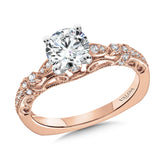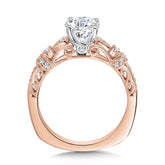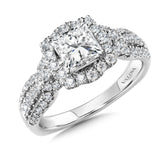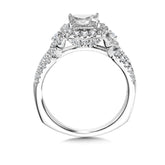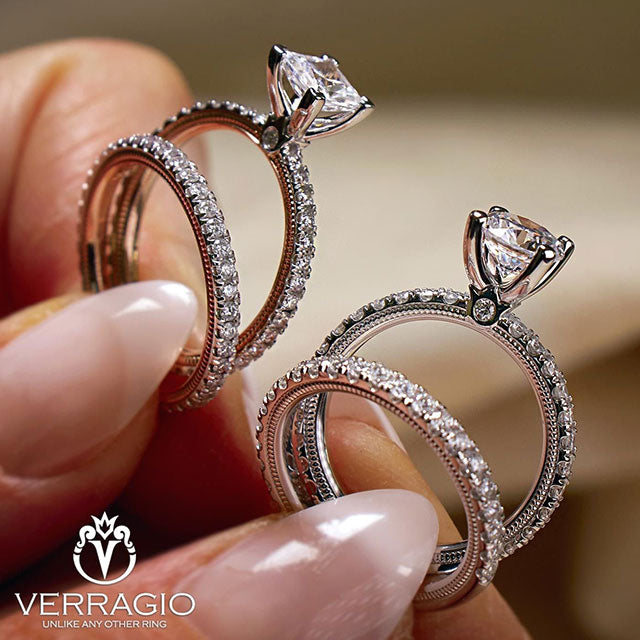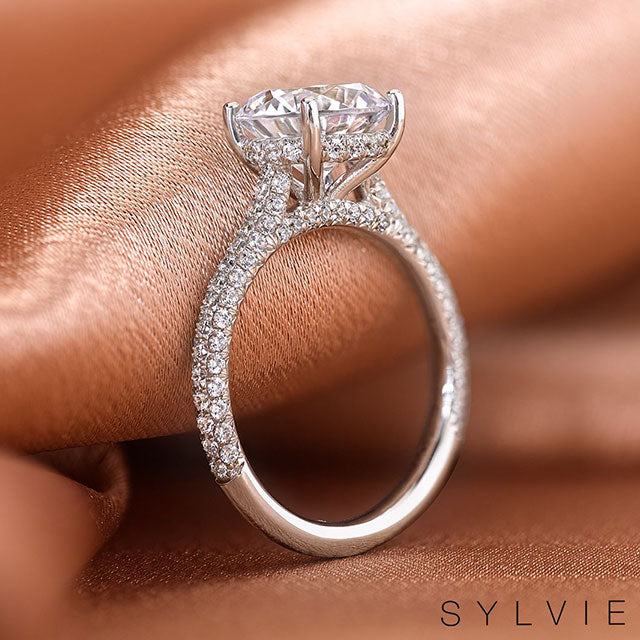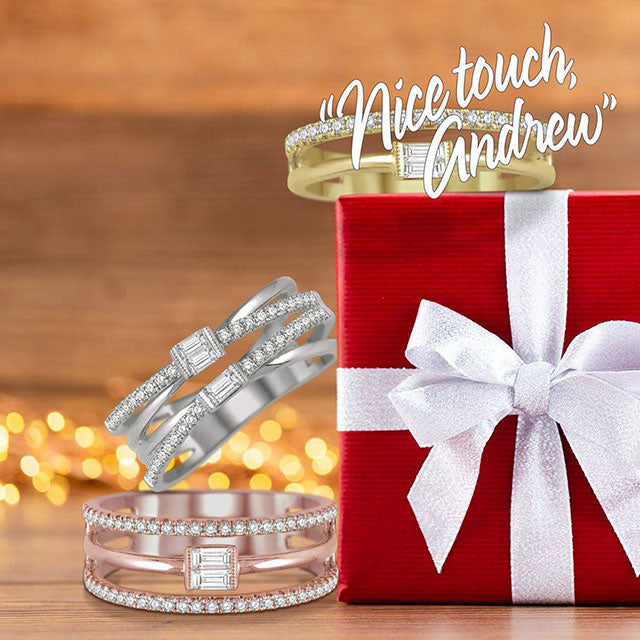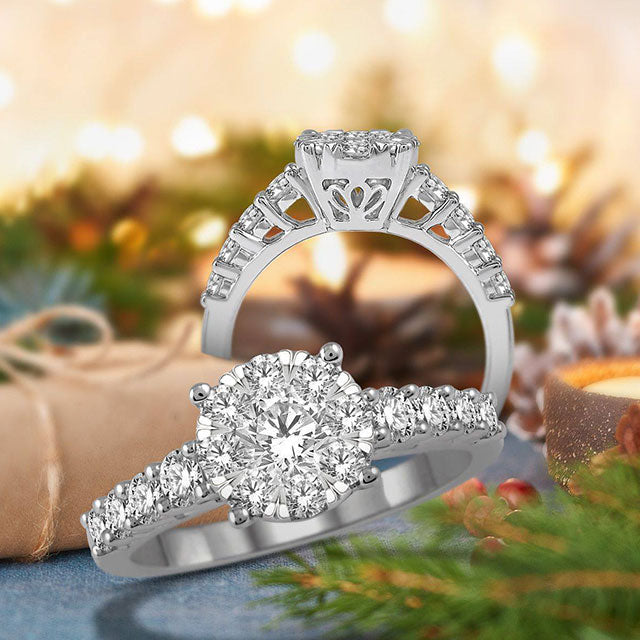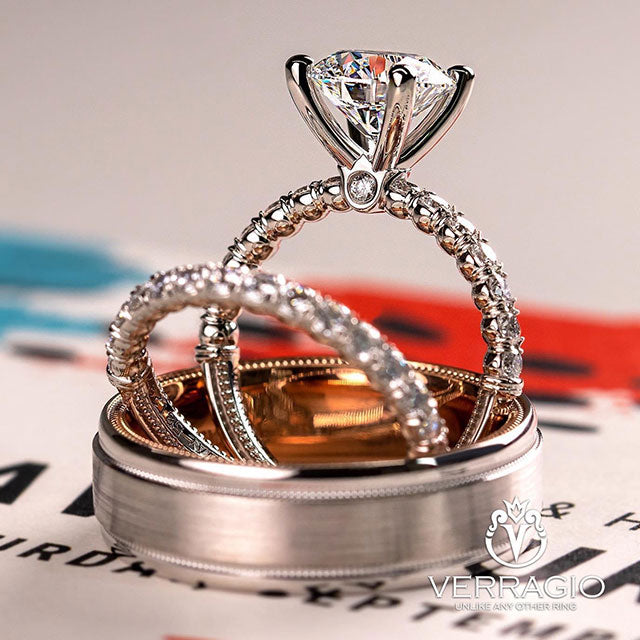
FL IF Flawless
Stones have no internal or external inclusions. Internally Flawless stones have no internal inclusions and may have surface blemishes. Very rare and prized
Shop Now
VVS1-VVS2 Very, Very Slightly Included
Only experienced grades can find virtually undetectable amounts of color
Shop Now
VS1-VS2 Very Slightly Included
Inclusions are not seen to the naked eye and difficult to see under 10x's magnification. Great combination of quality and value
Shop Now
SI1-SI2 Slightly Included
Inclusions are easily seen under 10x's magnification and sometimes visible to the naked eye. The most often sold diamond quality
Shop Now
I1 I2 I3 Included
Inclusions are easily seen to the unaided eye and sometime greatly affect the brilliance of a diamond. Some I1 diamonds can still be quite beautiful looking
Shop NowUnderstanding The Grading

Jewelry Designer at Andrews Jewelers
What Clarity Grade Should I Choose?
When selecting a clarity grade consider what you'll be using the diamond for, or what type of jewelry you'll be setting the stone in. Certain clarity grades are more appropriate for specific types of jewelry; for example, a diamond engagement ring generally requires a better clarity rating. This of course is because people will examine the diamond at very close distances and the imperfections will be easier to see. Necklaces, earrings, bracelets, and wedding rings usually don't require as high a clarity rating because the diamonds are either much smaller or won't be viewed at close ranges.
- Choosing a selection results in a full page refresh.

